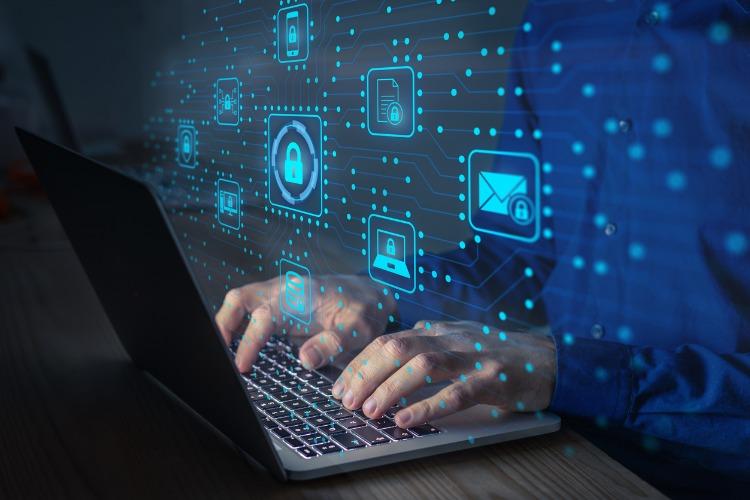The Security Edge: Online Faxing with Mobile Apps vs. Traditional Faxing
Businesses are constantly seeking more efficient and secure ways to handle their communication needs. One aspect that has evolved significantly is faxing, with online faxing through mobile apps emerging as a secure alternative to traditional methods. In this article, we'll explore why online faxing with mobile apps is more secure than its traditional counterpart. And if a secure faxing app is what you've been looking for, click here
The Encryption Advantage
Traditional faxing relies on analog signals transmitted over telephone lines, leaving documents susceptible to interception. Online faxing, however, leverages modern encryption protocols to safeguard data during transmission. This cryptographic process converts your sensitive information into an unreadable code, ensuring that even if intercepted, unauthorized parties would struggle to decipher the content. This encryption is often of the highest standards, such as AES (Advanced Encryption Standard), providing a robust defense against data breaches and eavesdropping.
Secure Cloud Storage
Unlike the tangible sheets of paper involved in traditional faxing, online faxing with mobile apps offers secure cloud storage solutions. This cloud-based approach provides a fortified digital vault for your faxes. Access to these documents is guarded by advanced authentication measures and encryption, minimizing the risks associated with physical document handling. The cloud storage not only serves as a secure repository but also facilitates seamless accessibility from various devices, contributing to the flexibility of modern work environments.
Authentication Measures
Online faxing services recognize the importance of stringent authentication measures to prevent unauthorized access. Multi-factor authentication (MFA) is a common feature, requiring users to verify their identity through multiple means, such as a password, a unique code, or biometric authentication. This additional layer of security significantly reduces the risk of unauthorized use, a vulnerability often present in traditional faxing where physical machines may lack sophisticated authentication protocols. By implementing MFA and other authentication measures, online faxing enhances the overall security posture of transmitted documents.
Access Control and Audit Trails
Online faxing platforms empower users with granular access control settings, allowing organizations to define and restrict who can send, receive, or access specific faxes. This level of control enhances security by limiting the exposure of sensitive information only to those who need it. Moreover, these services often generate detailed audit trails that meticulously track the lifecycle of fax transmissions. Audit trails include information on who initiated the fax, when it was sent or received, and any actions taken thereafter. This transparency not only aids in monitoring the flow of information but also serves as an invaluable tool for compliance and accountability purposes.
Real-time Notifications
Real-time notifications represent a crucial aspect of online faxing security. Mobile fax apps often come equipped with features that notify users immediately upon fax transmission, reception, or viewing. This instantaneous feedback mechanism allows users to promptly identify any unexpected or suspicious activities related to their faxes. In the context of security, this proactive approach enables quick responses to potential security incidents. In contrast, traditional faxing lacks this real-time awareness, leaving users unaware of the status or disposition of their faxes until they physically check the fax machine. The timely notifications in online faxing contribute significantly to an organization's ability to stay vigilant and responsive to security concerns.
Conclusion
In a world where data security is paramount, the advantages of online faxing with mobile apps over traditional methods are clear. The encryption of transmitted data, secure cloud storage, advanced authentication measures, access controls, audit trails, and real-time notifications collectively create a fortress of security around your sensitive information. As businesses increasingly transition to digital workflows, embracing online faxing is not just a matter of convenience but a strategic move to safeguard your communication in the modern age.

